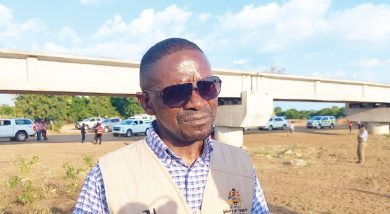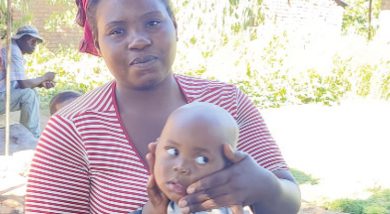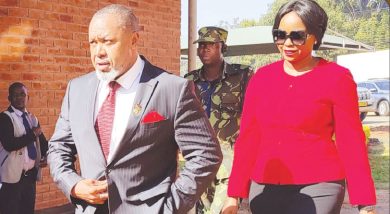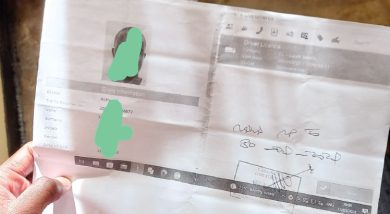MPs use CDF to transport AIP fertiliser
Some members of Parliament (MPs) are using part of their Constituency Development Fund (CDF) to transport fertiliser for this year’s Affordable Inputs Programme (AIP) to their respective constituencies, a development commentators say is illegal.
Weekend Nation has been able to establish that the practice is rampant in the Central Region, especially in Lilongwe.

Li longwe Di s t r i ct commissioner (DC) Lawford Palani confirmed in an interview yesterday that a number of lawmakers requested and accessed the funds but was unable to divulge the names of constituencies and the amounts given.
Said Palani: “I need time to compile the list and amounts but I can confirm that several requests were made by the MPs.”
Several sources at the DC’s office also confirmed that at least eight lawmakers accessed the funds the past weeks.
We also established that four of the six legislators in Mchinji District benefitted from the funds.
Mchinji DC Fred Movete indicated that the MPs were given between K3 million and K5 million each to transport the fertiliser to their constituencies.
Some of the MPs who did not want to be named, claimed that CDF guidelines allow them to use the funds for agricultural projects and that fertiliser falls under that category.
But a copy of CDF guidelines we have seen under Types of Projects Eligible for CDF /WRF states that the resources provided are for addressing infrastructure development problems that are identified and agreed upon jointly by the constituents and their elected MPs.
It further states that the fund should be eligible for rehabilitation of school blocks, health facilities, bridges, roads maintenance of bore holes and rural water supply including agricultural projects.
The guidelines also list a number of ineligible projects which include expenses on emergency relief assistance, fuel payment drawn for personal usage, among others.
But Malawi Local Government Association (Malga) has said the move by the MPs is contrary to what is stipulated in the guidelines and therefore ‘illegal’.
Malga chief executive officer Hadrod Mkandawire said the practice shows that the country is yet to define the concept of development, arguing that CDF is not any other legally transacted money or ORT.
He said: “What we have been observing regrettably is that CDF is slowly but steadily turning into any other local transaction. The biggest question should be is CDF still a local development fund?”
Mkandawire explained that transporting agricultural produce or inputs through the process of supplementing shortfalls being experienced in the distribution of fertiliser cannot be categorised as local development fund because AIP is a national programme where all logistical expenses are budgeted for, controlled and disbursed at national level, and not anchored by the district agriculture office.
Minister of Local Government Blessings Chinsinga speaking through his personal assistant Steve Chilundu referred us to the guidelines and make our own conclusions.
In June last year, Malga sought a judicial review after Parliament hiked the CDF from K40 million to K100 million and adopted new guidelines for CDF and Water Resources Fund (WRF).
The new CDF and WRF guidelines also saw MPs allocating to themselves 12 key responsibilities, which include convening meetings on a quarterly basis with area development committees, submitting requests for funding, launching and handing over of projects as well as providing written requests to DCs to release funds for a project, among others.
Councillors, on the other hand, were assigned roles such as working with village development committees to identify needs in a community and monitoring of projects.
CDF was introduced in 2006 to facilitate development in constituencies, but it has been prone to abuse with several audit reports highlighting weak accountability and management tools.
From an allocation of K1 million in 2006, the fund was raised to K3 million in 2013, K10.5 million in 2016, K19.5 million in 2018 before being increased to K30 million in 2019, K40 million in 2020 and K100 million in this financial year.





